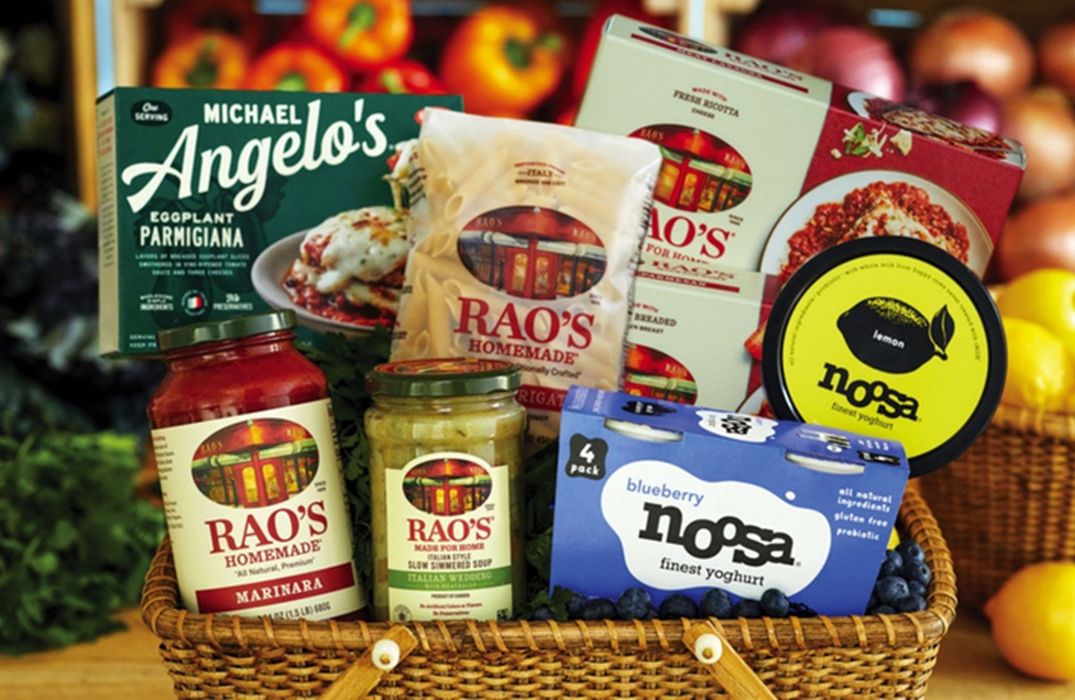
Charles R. Goulding and Preeti Sulibhavi dig into Campbell Soup Company’s US$2.7 billion acquisition of Rao’s pasta sauce, highlighting the growing popularity of Italian cuisine in the US and the potential of 3D printed pasta.
In March 2024, Campbell Soup Company completed its US$2.7 billion acquisition of Sovos Brands, the maker of Rao’s pasta sauce. The all-cash deal was announced in August 2023 and includes the frozen food brand Michael Angelo’s and yogurt brand Noosa. Sovos will be renamed Distinctive Brands and will be part of Campbell Soup. Rao adds a higher-priced brand to Campbell’s more moderately priced Prego line. Sauce accompanies pasta, and this high sale price demonstrates the universal popularity of Italian cuisine.
In a May 4-5, 2024, Wall Street Journal (WSJ) article, Dan Pashman, the co-inventor of the new Cascatelli pasta shape argues that more pasta categories need to be created. Sfoglini of New York was the other collaborator of Cascatelli.
Pasta for many (too many) is limited to spaghetti and a store-bought, mass-produced marinara sauce. Dan Pashman, as we have once reported, is out to change that.
After launching a new shape of pasta, called cascatelli, in 2021, Pashman is helping people expand their culinary horizons through his recently published cookbook, “Anything’s Pastable: 81 Inventive Pasta Recipes for Saucy People.”
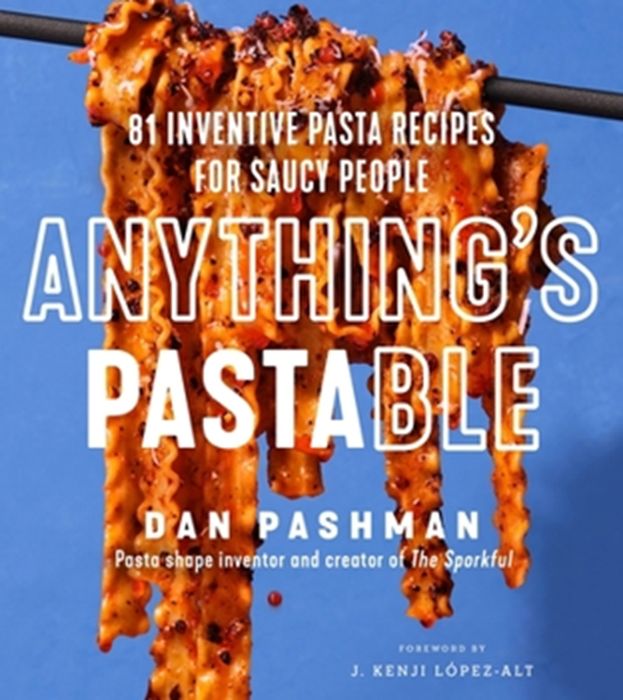
Pashman is proud to state that there are no recipes for plain marinara and pasta dishes; instead, his book is filled with recipes for cavatelli with roasted artichokes and preserved lemon and kimchi carbonara. Unless you are a connoisseur of fine Italian cuisine, many of these recipes will be new to you.
Pashman also provides the history and research behind some of the recipes that date back to World War II and further back, while dispelling certain myths and misconceptions about Italian food and dishes.
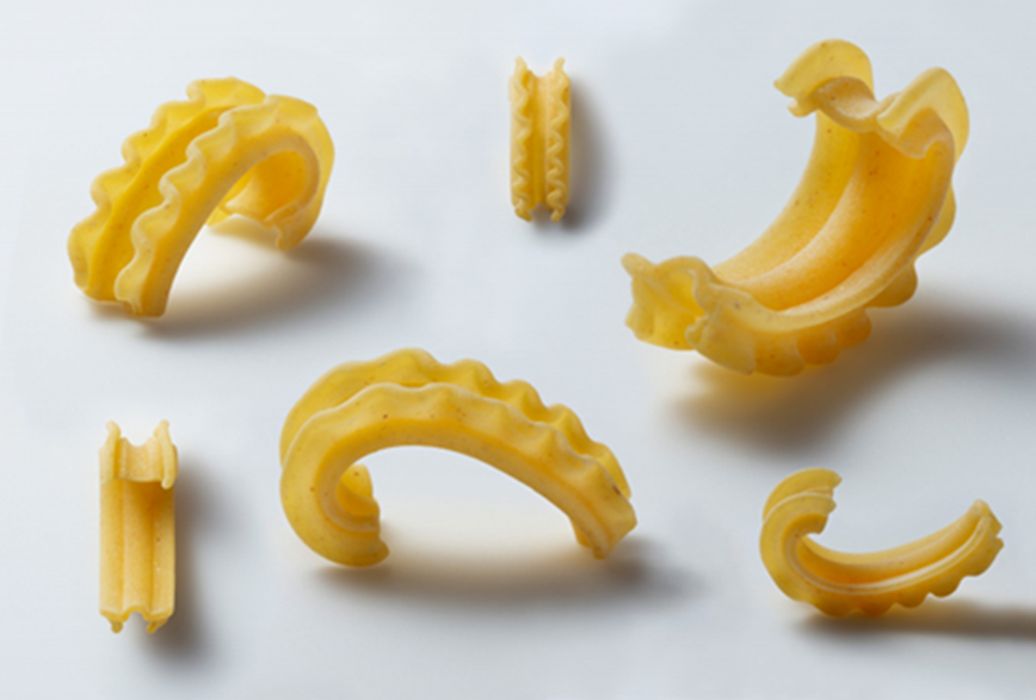
Pashman intentionally designed Cascatelli with two parallel truffles a space between the ruffles he calls the sauce trough to hold lots of sauce.
Pashman Cascatelli and designed and developed it to improve the quality of pasta in three key areas: sauceability (how readily sauce adheres to the pasta shape), forkability (how easily the pasta shape is grabbed by the fork and remains), and toothsinkability (how satisfying it is to sink one’s teeth into). Cascatelli is the ideal pasta shape, according to Pashman. The ruffles create a unique, playful texture that holds sauce better than tubes (i.e., penne and ziti). Like casarecce, cascatelli has nooks and crannies that enable the sauce and cut pieces to infiltrate and absorb in the pasta.
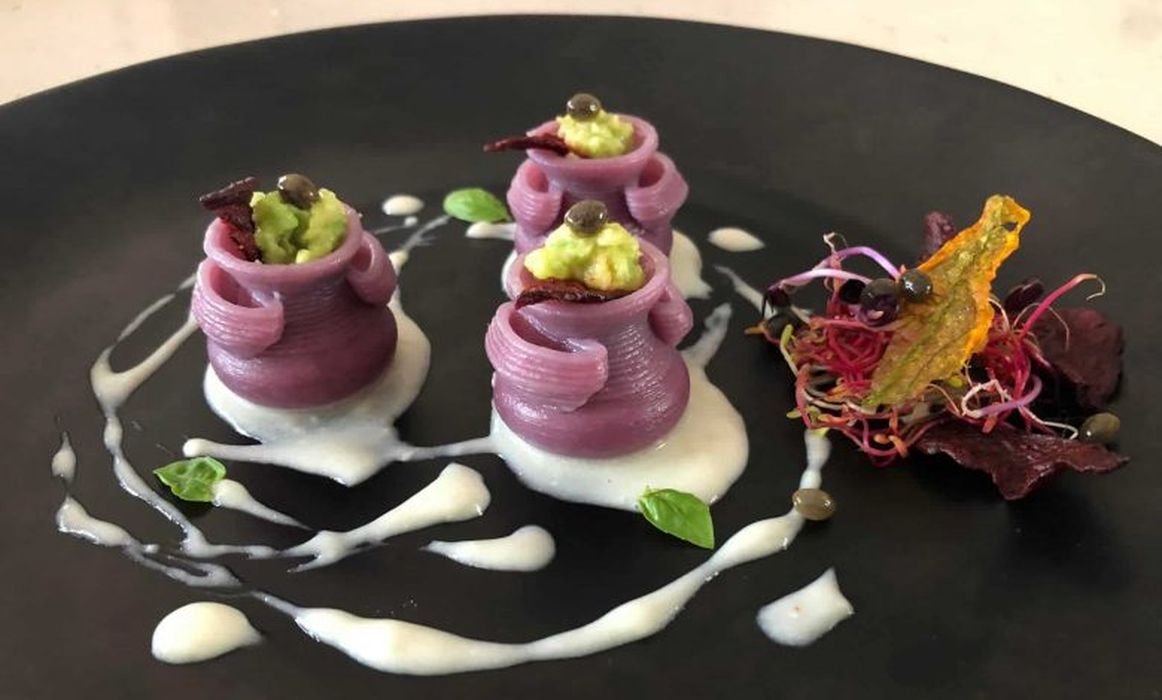
Barilla’s 3D Printed Pasta is Now for Sale
BluRhapsody, the brainchild of Barilla’s R&D research, allows customers to benefit from Barilla’s pasta 3D printer. Today, the company has evolved to offer chefs the ability to purchase customized 3D printed pasta. Based in Parma, Italy, BluRhapsody uses 3D printers to create pasta shapes inspired by nature, the flavor of the season, or just personalized, edible works of art. The site offers a great variety of shapes including butterflies, hearts, spheres, shells, and even sea urchins. The prices are reasonable as well.
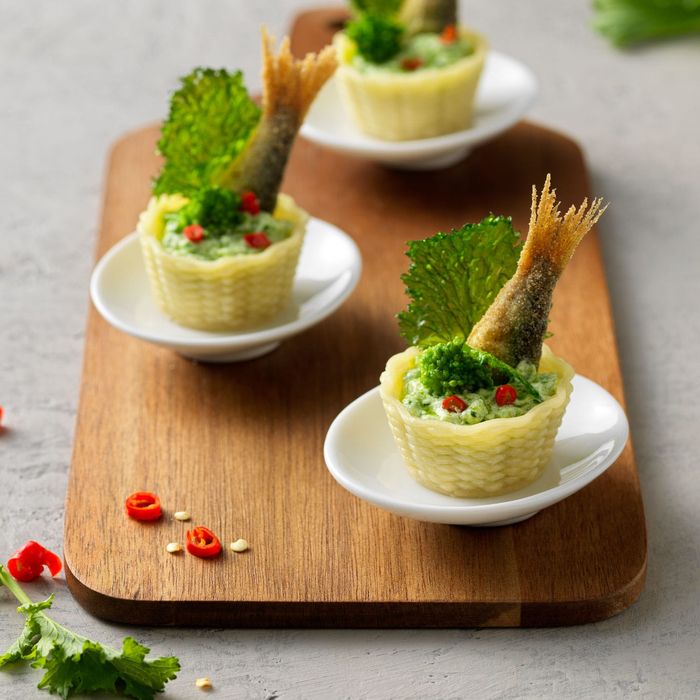
The Research & Development Tax Credit
The now permanent Research and Development (R&D) Tax Credit is available for companies developing new or improved products, processes and/or software.
3D printing can help boost a company’s R&D Tax Credits. Wages for technical employees creating, testing and revising 3D printed prototypes can be included as a percentage of eligible time spent for the R&D Tax Credit. Similarly, when used as a method of improving a process, time spent integrating 3D printing hardware and software counts as an eligible activity. Lastly, when used for modeling and preproduction, the costs of filaments consumed during the development process may also be recovered.
Whether it is used for creating and testing prototypes or for final production, 3D printing is a great indicator that R&D Credit-eligible activities are taking place. Companies implementing this technology at any point should consider taking advantage of R&D Tax Credits.
Conclusion
The all-cash US$2,7 billion acquisition of Rao’s by Campbell’s highlights the popularity of Italian cuisine with the American public. When it comes to 3D printing there is nothing holding innovation back in the food and beverage industry – that includes pasta. We hope you have developed an appetite for trying some unique pasta dishes, thanks to Pashman and 3D printers!
